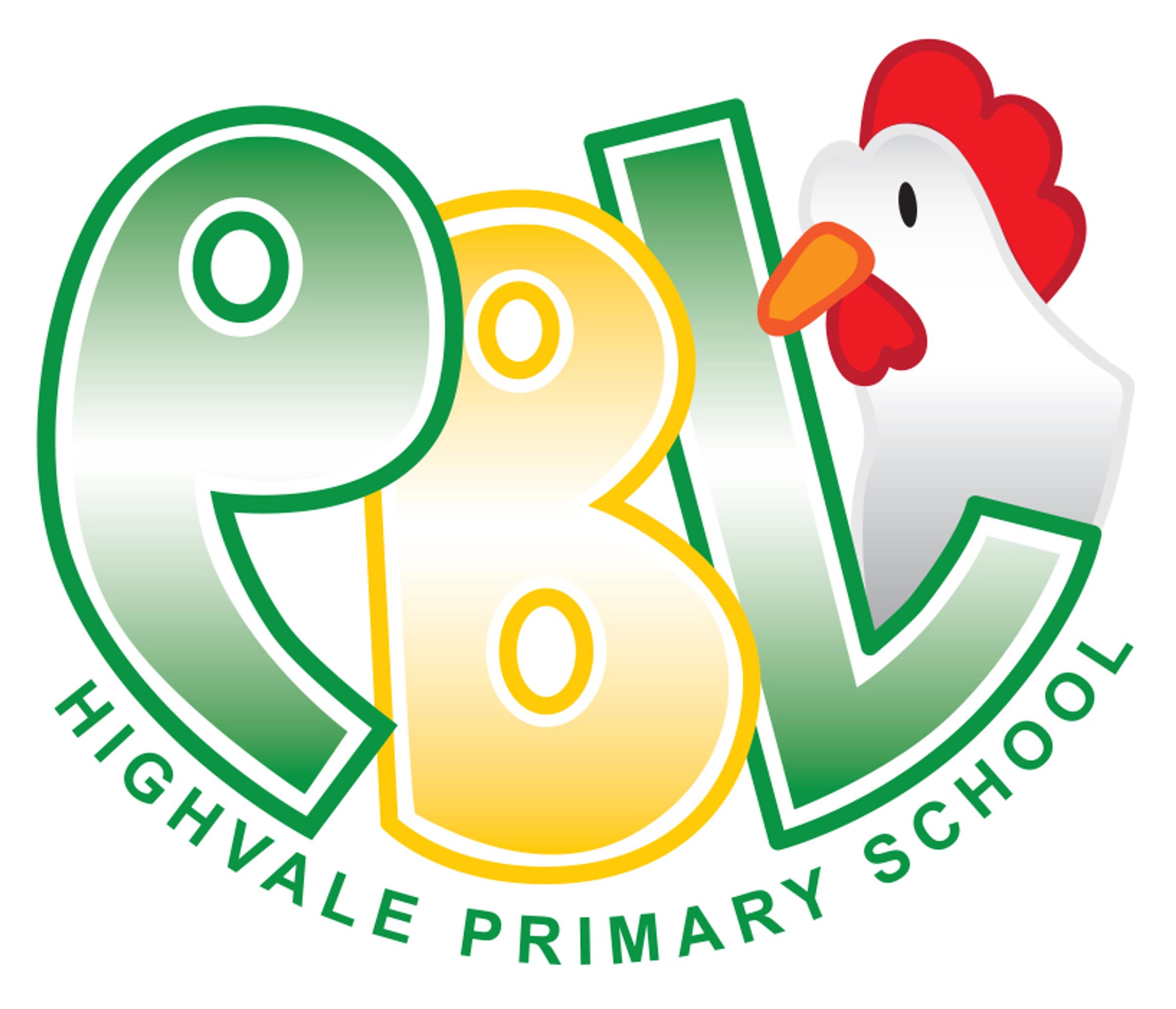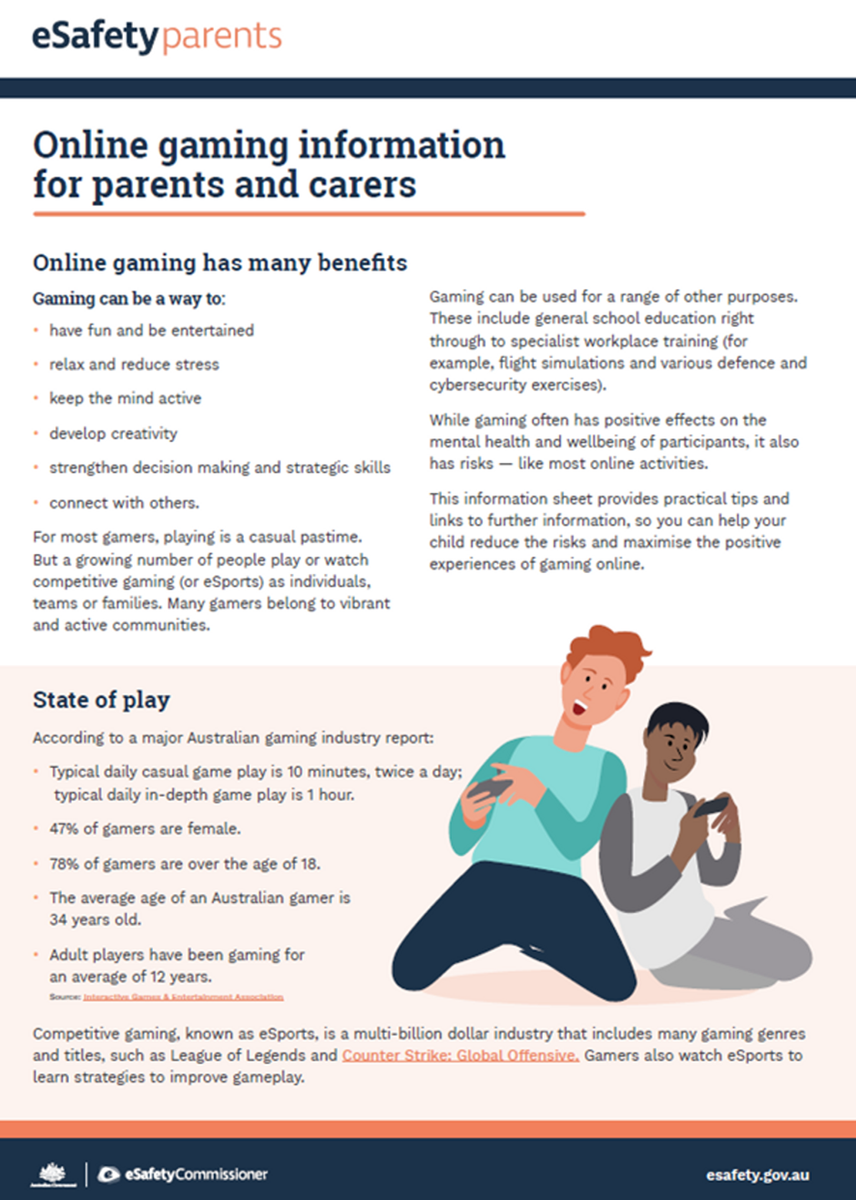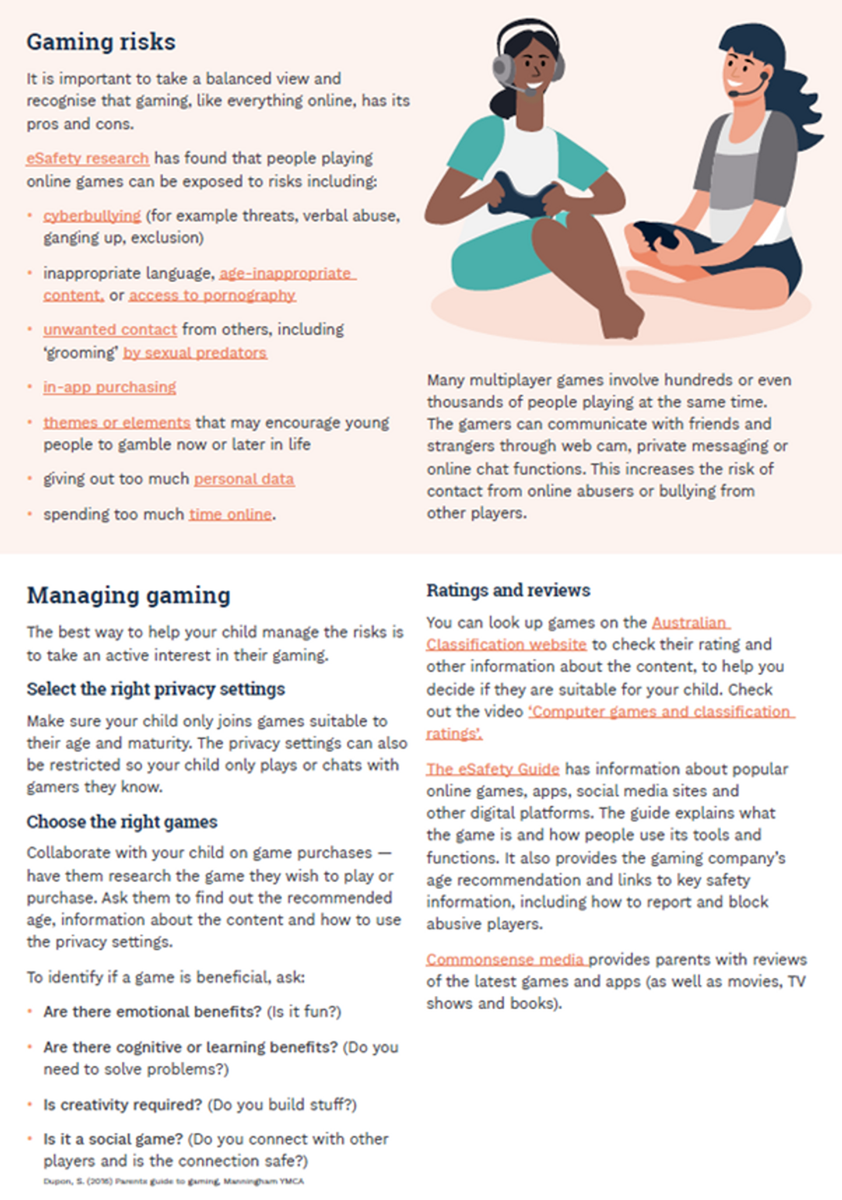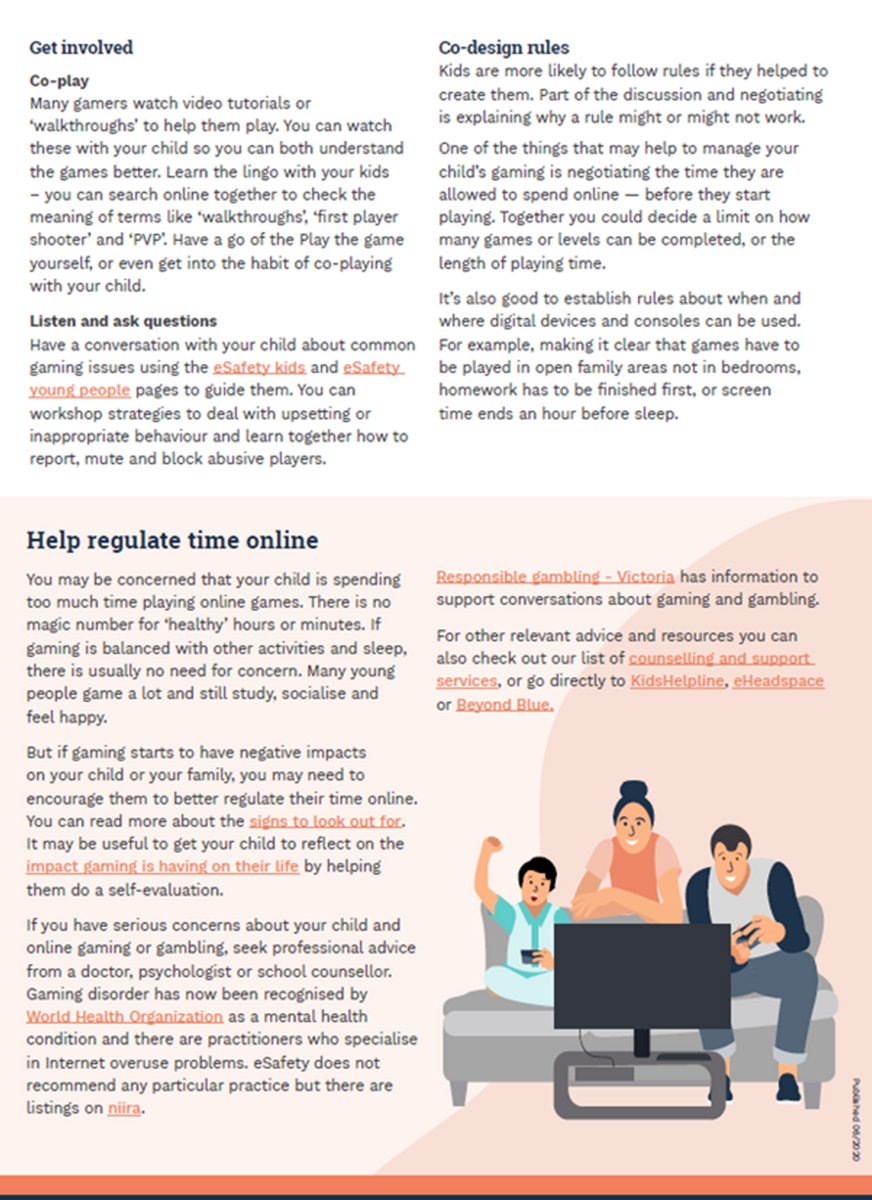Engagement & Wellbeing
Thursday 15th February

Engagement & Wellbeing
Thursday 15th February
“In a world where you can be anything, be kind”


What is Safer Internet Day?
Safer Internet Day is a global initiative to raise awareness of online safety issues.
The eSafety Commissioner leads the initiative in Australia. We educate people about online safety risks, like online abuse, how to be safe online and where to go for help.
This Safer Internet Day we're encouraging you to take three simple actions when approaching online safety: Connect. Reflect. Protect.
Connect safely by keeping apps and devices secure and reviewing your privacy settings regularly.
Reflect on how your actions online may affect others or your safety.
Protect yourself and others by visiting eSafety.gov.au to find out how to stay safe online and report online abuse.
By doing these things and sharing the Connect. Reflect. Protect message, we can work towards making every day a Safer Internet Day.
At Highvale Primary School, students will; be participating in a range of activities in the classroom to help them use the internet safely. As always, we encourage you to follow up with your children at home and talk with them about expectations at home.
The eSafety website: esafety.gov.au has lots of information and support for families.
Students will also be coming home with their completed Digital Learning: Safe & Acceptable ICT Use agreement outlining expectations of ICT use at school.






Each year, I share this document with our school community. As a school, we aim to specifically acknowledge students when they show our school values. This poster gives parents access to a number of different and specific ways to say, 'Well Done' - something that is beneficial for young children to hear regularly.


Winnie the Pooh once said that “a day without a friend is like a pot without a single drop of honey left inside,” and my bet is that when he said this, that he wasn’t talking about any friend, he was talking about a good friend.
Being a good friend and knowing what a good friend entails is an integral component of friendship. Research says that kids start making meaningful friendships from around the age of four and from that point onwards, friendships will contribute to their wellbeing, learning, confidence and mental health.
But understanding what a good friend is can be tricky, so here are some strategies you can use to help explain what being a good friend means to your child and how they can be one.
Defining what it means to be a good friend
While most adults know instinctively what a good friend is, explaining this to kids can be difficult, says Reach Out’s Online Community Coordinator Janine Nelson.
Pinpointing some of those elements of what being a good friend means can be a great way to start.
For example, “being a good friend means including concepts of respect, loyalty, providing support and having fun together“, Nelson explains.
“Good friends typically display behaviours such as being trustworthy, someone who is around for the hard times not just the good times, and someone you can laugh with. Good friends respect your boundaries, and make you feel comfortable being yourself.”
Healthy Harold and the team at Life Education add that “generally, being a good friend involves loyalty, empathy and trust. A good friend would listen, be an upstander instead of a bystander, be forgiving, be patient, and respect your opinion. They are empathetic, and able to put themselves in your situation.”
What a good friend is can vary and change
It is also critical for kids to know that a good friend can be different for different people and that what we view as a good friend can change over time and as we grow.
“As kids grow older, it’s important to help them understand that there are many different types of friends and that these relationships can change over time,” says Nelson.
Helping your kids understand that this is normal and that it doesn’t equate to failure, while also supporting them through these changes is important.
Teach your child friendship values
Life Education says that helping your kids understand what specific values are associated with friendship is key to understanding what a good friend looks like and how to be one.
“Friendship values include being a loyal friend, accepting differences in a friend, standing up for a friend, being kind and supportive to a friend and including a friend in games,” they explain.
Teach and model the social skills that underpin successful friendships
While knowledge and values are a key underpinning, consolidating these with skills is the next step.
Life Education suggest you “explain to your child that just as they can get better at swimming by practising, they can also get better at making and keeping friends by practising social skills such as smiling and greeting classmates, sharing, cooperating, negotiating, being positive, having an interesting conversation, playing games well (e.g., being a good winner and loser).”
Praise the good stuff
Provide positive feedback when you observe your child using social skills or values that have the potential to contribute to the development of their friendships. This will help reinforce the values that make a good friend.
Empower them to find their own solutions
Don't always try to fix every problem that arises, be present and support the children as they try to find a resolution. Create an environment where no questions are off limits so that nothing is too uncomfortable to discuss.
Friendships in adolescence are different
As your kids grow into teens, friendships often take on a different significance and influence. Reach Out advises some additional strategies for parents with pre-teens and teenagers to use to help support them being a good friend. Work with your teen to set expectations around how they should treat their friends. A reminder of the values of a good friend and the skills that a good friend utilises can be helpful.
Be supportive if your teen comes to you about an issue with one of their friends without necessarily always trying to solve the problem. Listen openly and non-judgmentally without jumping into solution mode can be helpful. Model the behaviours of being a good friend. For example, you could get your teen involved if you are cooking a meal to support a friend and use the opportunity to talk about why that is important to you.
In closing
Helping your child understand the distinction between being a friend and being a good friend is important but supporting them to become one can be a tricky process. It can vary depending on you, your child/ren, the friendships and over time. Experiment with different strategies and techniques and see what works best for you and your child/ren.
By Justin Coulson
Josh Crozier
Assistant Principal